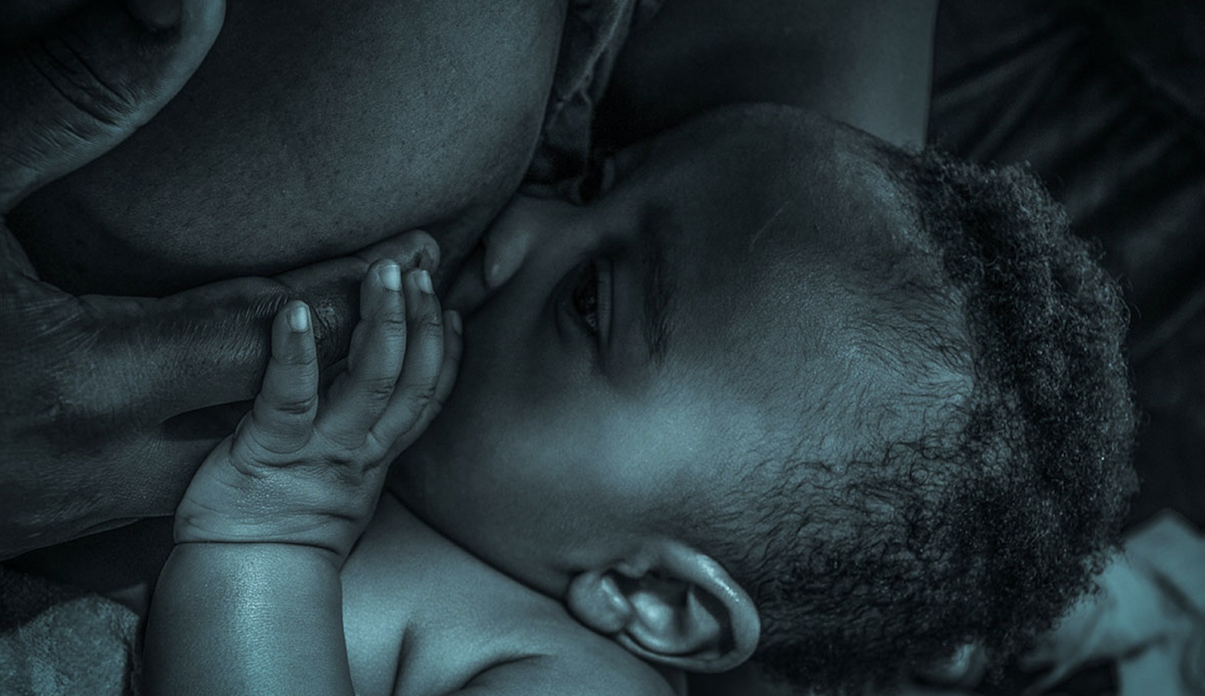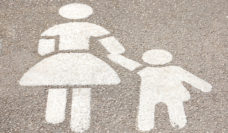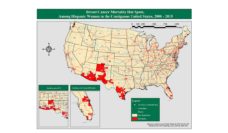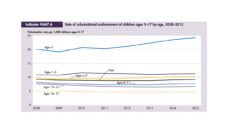Public breastfeeding was legalized in all fifty states and the District of Columbia in 2018. But even with the law on their side, many mothers are harassed and berated for the practice.
For instance, this past summer Misty Daugereaux, a mother in Texas, took her children to an aquatic center. Her youngest child became finicky, so she began to nurse him. Soon after, a confrontation ensued between Misty, a lifeguard, and a pool manager, all because she was feeding her child. The situation eventually involved the police and Misty was asked to leave the facility.
Breastfeeding is strongly encouraged by health care providers because of the critical benefits it provides. Breast milk contains antibodies that protect babies from illnesses like ear infections, diarrhea and vomiting, allergies, and respiratory disease. Breastfeeding provides health benefits for mothers as well. Women who breastfeed their babies have a lower risk of breast and ovarian cancer, type 2 diabetes, and high blood pressure.
I searched the Internet to better understand the reasons why some object to public breastfeeding. Many disapprove of public breastfeeding because they believe that breasts should be viewed privately (generally sexually) or not at all. Female breasts viewed primarily as sexual objects is a largely Western social norm. Some opponents of public breastfeeding are concerned with decency, arguing that women publicly uncovering breasts, even to feed a baby, is morally wrong. Yet Pope Francis has voiced support for public breastfeeding and even encouraged the act during Mass at the Sistine Chapel. Other on-lookers simply argue that it makes them uncomfortable. Uncovered breasts have been normalized in other contexts like magazines, movies, and advertisements, but these displays do not generate the same public disapproval as breastfeeding. Telling opponents that public breastfeeding is protected by law or their viewpoints are priggish may not change minds. So, what can we do to improve public acceptance?
We need to educate the public about the existing laws and enforce them.
We need to educate the public about the existing laws and enforce them. And we need to implement interventions aimed to increase public tolerance. For example, a school-based educational program could integrate content about the function of female breasts in art, biology, and health curricula to debunk the notion that breasts are solely sexual objects. Additionally, a policy intervention could exclude public breastfeeding from public indecency laws in all 50 states to further protect mothers.
According to the Centers for Disease Control and Prevention 2018 Breastfeeding Report Card, 4 out of 5 infants born in 2015 in the US were breastfed from the time they were born until they were 6 months old. As public health professionals we must support parents in their decisions to breastfeed for as long as they choose and in whatever space they select. Those who feel uncomfortable in the presence of nursing mothers should simply avert their gaze.
Infants do not understand patience and self-control. Mothers may be in the middle of eating a meal, running an errand, or sitting in the mall or at the pool when their baby gets hungry. And they shouldn’t need to be in private, nor should they be confined to secluded spaces or forced to cover up. Breastfeeding has nothing to do with onlookers, and more than anything, bystanders tend to intrude on the privacy of the parent and child – not the other way around. So, the next time someone has the urge to shame a mother who is just trying to feed her baby, I hope they remember this, if nothing else: Babies need to eat, and parents need to feed them. It’s a simple fact and it’s no one else’s business.
Image by Manojiit Tamen from Pixabay














